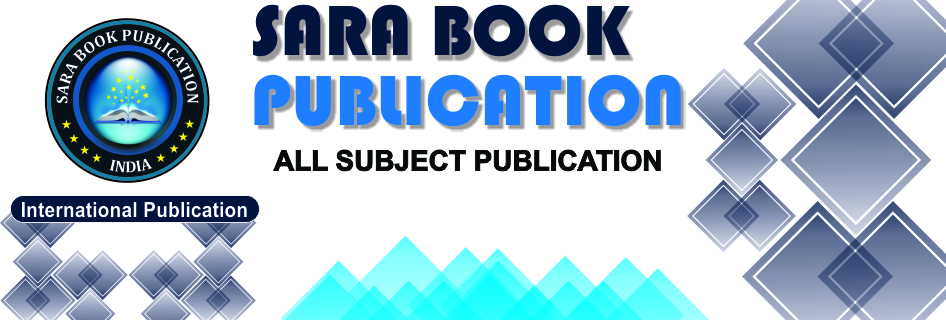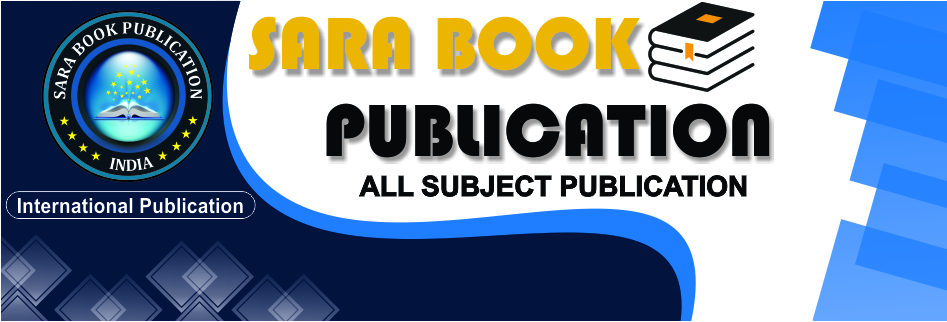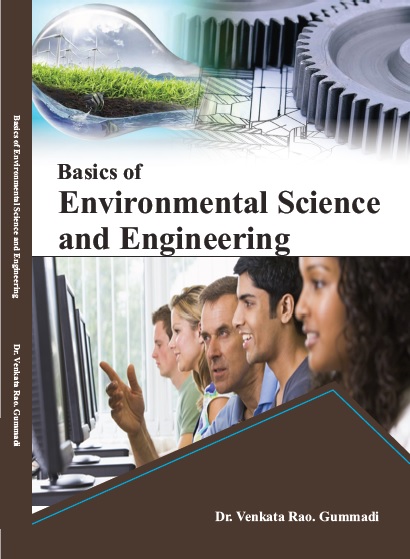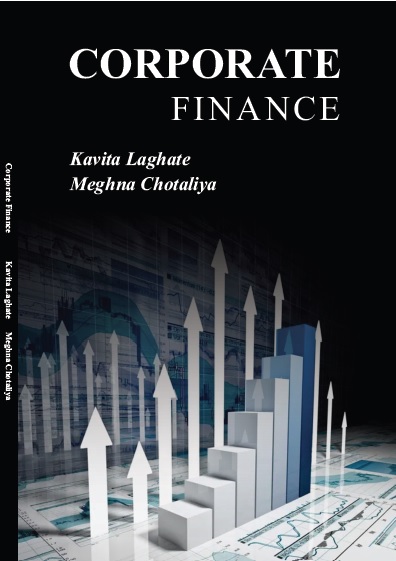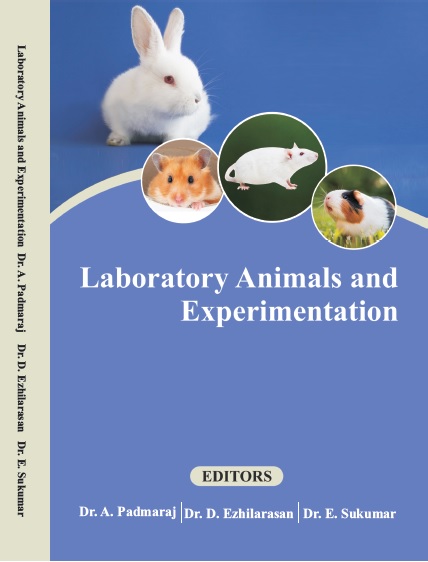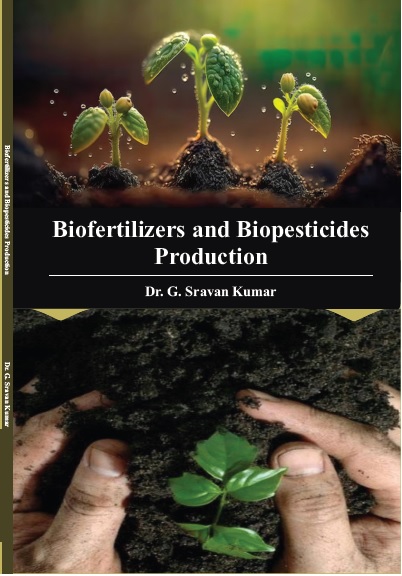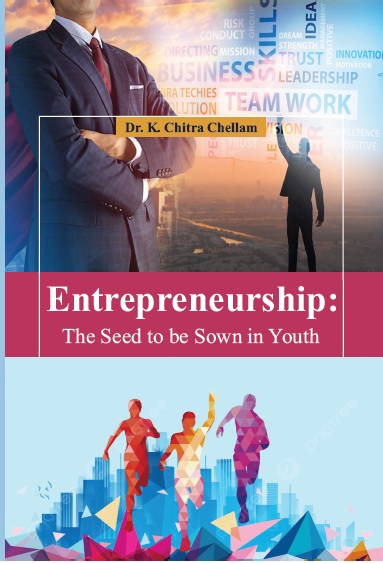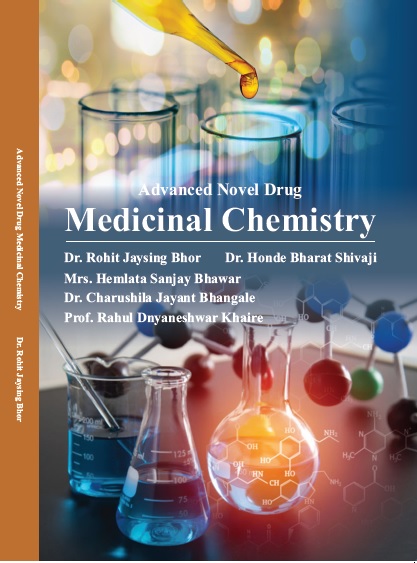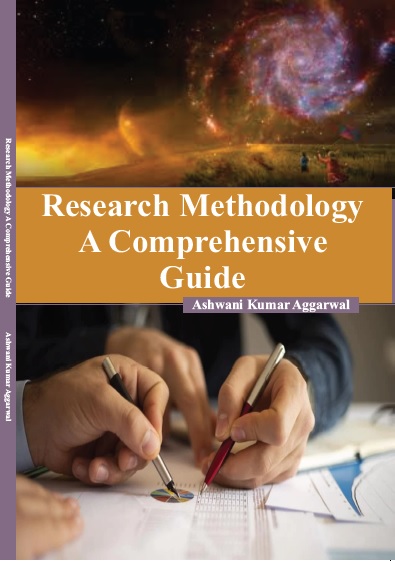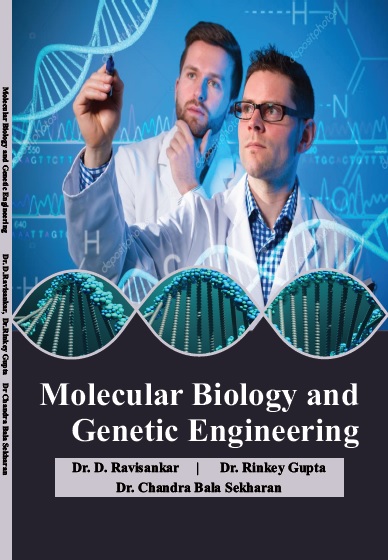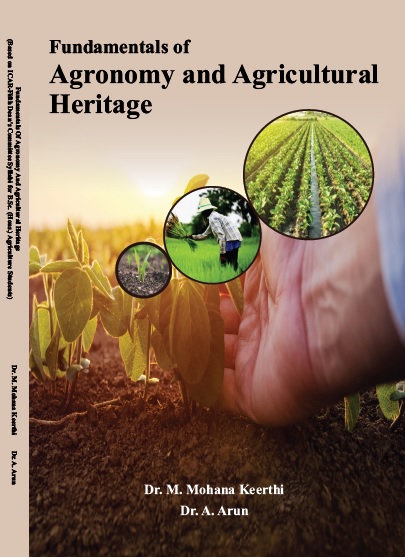LIFE SCIENCES
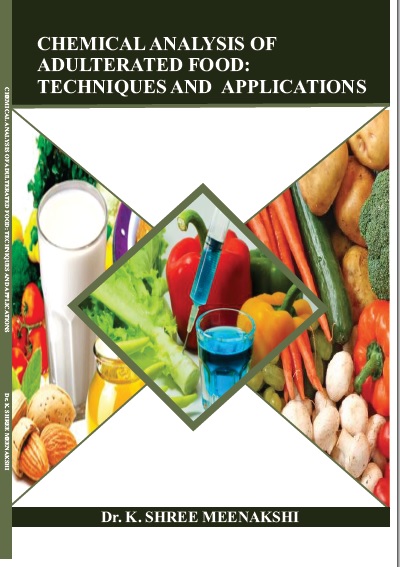
Chemical Analysis Of Adulterated Food: Techniques And Applications
by Dr. K. SHREE MEENAKSHI
ISBN Number : 978 - 1- 73040 - 378 -1
Authors Details
| Author Name | Image | About Author |
|---|---|---|
| Dr. K. SHREE MEENAKSHI |  |
Dr. K. SHREE MEENAKSHI was born in the Madurai District of Tamil
Nadu. She received her Bachelor's Degree in Chemistry with First Class from
Madras University, Tamil Nadu. She obtained her Master's degree in Applied
Chemistry with First Class and Master of Philosophy in Chemistry with First
Class-Distinction from Anna University, Chennai, Tamil Nadu. She has also
received her doctorate from Anna University, Chennai by doing extensive
research in the field of polymer nanocomposites and studying their suitability
for high performance aerospace and advanced engineering applications.
She has worked as a JRF (Junior Research Fellow) in DST (Department of Science and
Technology) project and she has received SRF (Senior Research Fellowship) from CSIR for her
contributions to advanced research. She has done several projects in National Metallurgical Laboratory
(NML), CSIR Complex, Taramani, Chennai. She has presented her work in several national &
international conferences and published her research work in several reputed international journal of
high impact factors.
Currently she is working as an Assistant Professor in the Chemistry Department of Loyola-
Icam College of Engineering and Technology (LICET), Chennai. She loves teaching and interacting
with students. Personally she is a young mother with a little baby who keeps her active always. She lives
with her husband and little son in Chennai. |
Book Description
Food plays a pretty vital role in human existence and is a basic necessity as well as a luxury depending upon the circumstances and its availability. Food is considered to be a source of energy and sustenance and is also looked upon with utmost respect in our country. Because of the gradual sweep of commercialization into the world of competition, this particular basic need has also been converted in to a source of economy. Consequently, food has become an essential source of income and human beings form a major portion of 'consumers' in a society. This has brought competition to that extent that the originality and the natural value of food have been diminishing day by day. The primary reason for such diminishing quality is adulteration. Food adulteration has become a big nuisance for the human kind to a large extent. In this age, as the hectic consumerist economic order makes ever brutal demands on our time, eating safe and healthy is taking a hit. Indeed, the afflictions caused by unhealthy eating that are quite common today were virtually unheard of two generations ago. In this part of the world, it is an observed fact that, on the whole, our grandparents led much healthier lives than we do. Many of us blame these “modern” diseases on environmental pollution, ignoring the poison that's food adulteration. An adulterated food product is one which fails to meet food safety standards, as they should be defined by a federal or regional government. In common parlance, adulteration is the addition of another substance to a raw or processed food item, usually to increase its quantity, which may result in the loss of quality. Particularly in developing countries, consumers are often exposed to willful adulteration of food. Adulteration of milk and milk products, honey, spices, edible oils, and the use of colour to mask product quality are quite common. Food adulteration is a menace that is threatening the health of the country's consumers today, and there are enough laws to deal with the problem. Apart from the Food Safety and Standards Act (FSSA), there are provisions in other laws like in the Indian Penal Code (IPC) to check food adulteration and to ensure the supply of quality food. In this book, the concept of food adulteration, common food adulterants added to food, chemical and simple methods of detecting the food adulterants has been explained. I hope people become aware of the adverse effects of consuming adulterated food. On our part we can create awareness in the local community and educate our families, friends and colleagues on the harmful effects of food adulteration. Let's hope the world becomes a better place to live in. I take this opportunity to thank my mother K.VASANTHI and my father M.KUMAR for their support in all my endeavors, my baby son S.P.VIHAAN for inspiring me to write this book, my husband E.PRADEEP for being my pillar of strength. I am also grateful to K.VINAYAK, K.KARTHEESWARAN and K.NISHA for their encouragement.



